
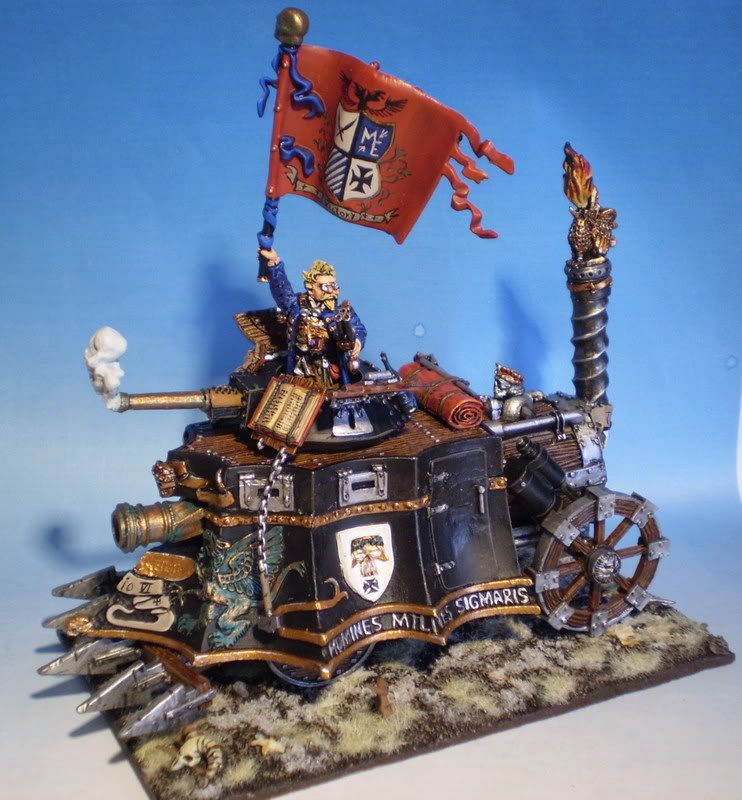
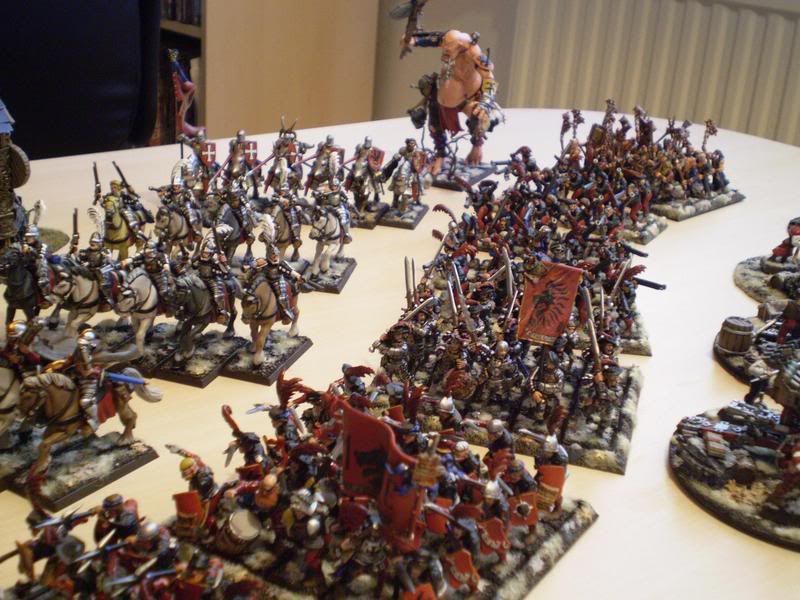 The dreaded moment in miniature painting is when you hit that invisible wall which completely kills the fun in painting - or at least makes it so tedious and energy draining that you get fed up and can't move on.
The dreaded moment in miniature painting is when you hit that invisible wall which completely kills the fun in painting - or at least makes it so tedious and energy draining that you get fed up and can't move on.This has happened to me a couple of times, but thankfully it's a very rare feeling and have been very rare over the past couple of years since I began playing skirmish games where almost every miniature is unique.
The most common event leading up to energy drain in miniature paining imo is when you buy a ton of stuff for a larger army. And from what I have seen many newcomers to the hobby get in way over their head. Painting requires a couple of things, discipline being the most important. Painting is not always fun so you have to motivate yourself and think about the end result and the goal of all the work you are putting into the miniatures - the games that loom at the end of the tunnel.
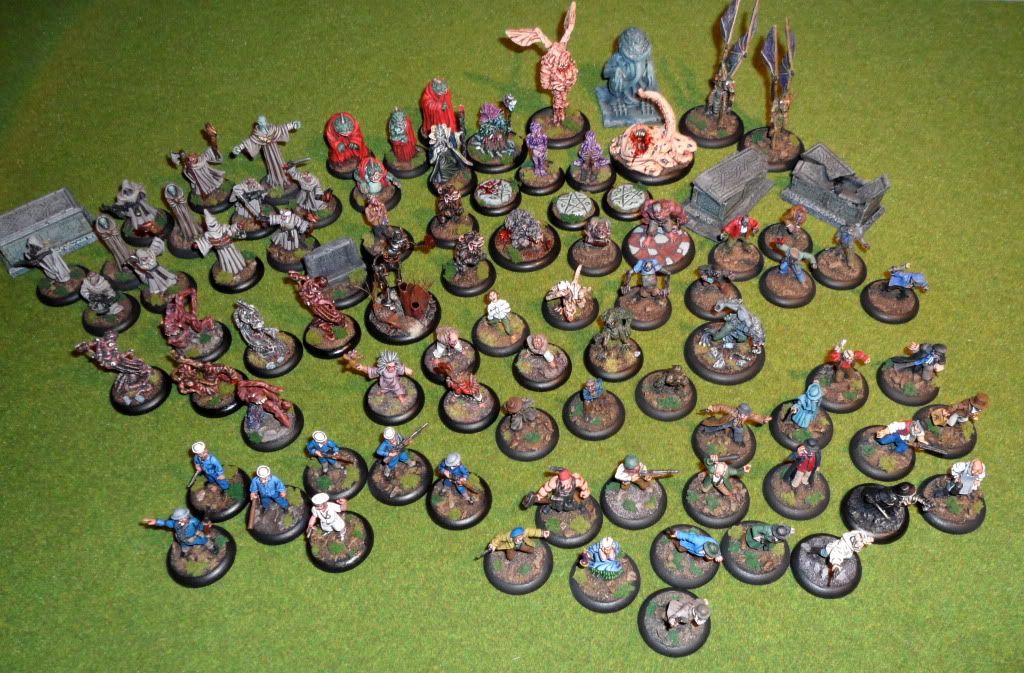

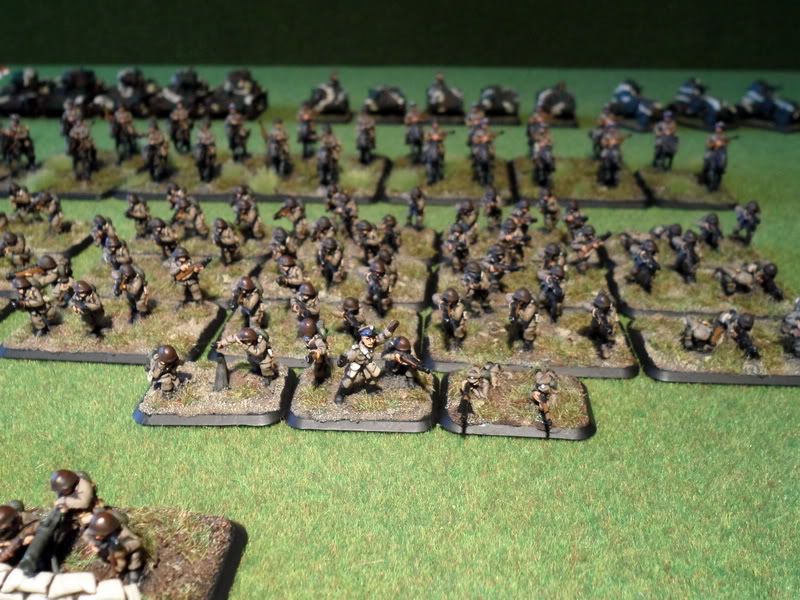 However you have to be smart about how you plan your work as well. I've seen people buy and assemble a full army of plastic Warhammer miniatures who then shatter their personal morale by just looking at the massed amount of miniatures that need painting, basing, and flocking. The reasonable thing to do is assembling and painting things "unit by unit", this way you don't have to see the 250 15mm soldiers all at once and that also helps to keep you going while painting since you aren't constantly reminded about the rest. Painting things unit by unit allows you to have something finished before you start painting the next thing, it's a great boost in morale and a wonderful feeling to complete a model or unit of figures. The enthusiasm neutralizes the tediousness of doing it all over again several more times.
However you have to be smart about how you plan your work as well. I've seen people buy and assemble a full army of plastic Warhammer miniatures who then shatter their personal morale by just looking at the massed amount of miniatures that need painting, basing, and flocking. The reasonable thing to do is assembling and painting things "unit by unit", this way you don't have to see the 250 15mm soldiers all at once and that also helps to keep you going while painting since you aren't constantly reminded about the rest. Painting things unit by unit allows you to have something finished before you start painting the next thing, it's a great boost in morale and a wonderful feeling to complete a model or unit of figures. The enthusiasm neutralizes the tediousness of doing it all over again several more times.When I painted my Empire Warhammer Fantasy army, Warhammer 40k Imperial Guard army and my Polish Early War Flames of War army, all of those included a ton of troops - I made sure to assemble, paint and finish each platoon or unit before moving on to the next. If I had focused on painting one color on 250 miniatures, then another color and so on, it would have killed me.
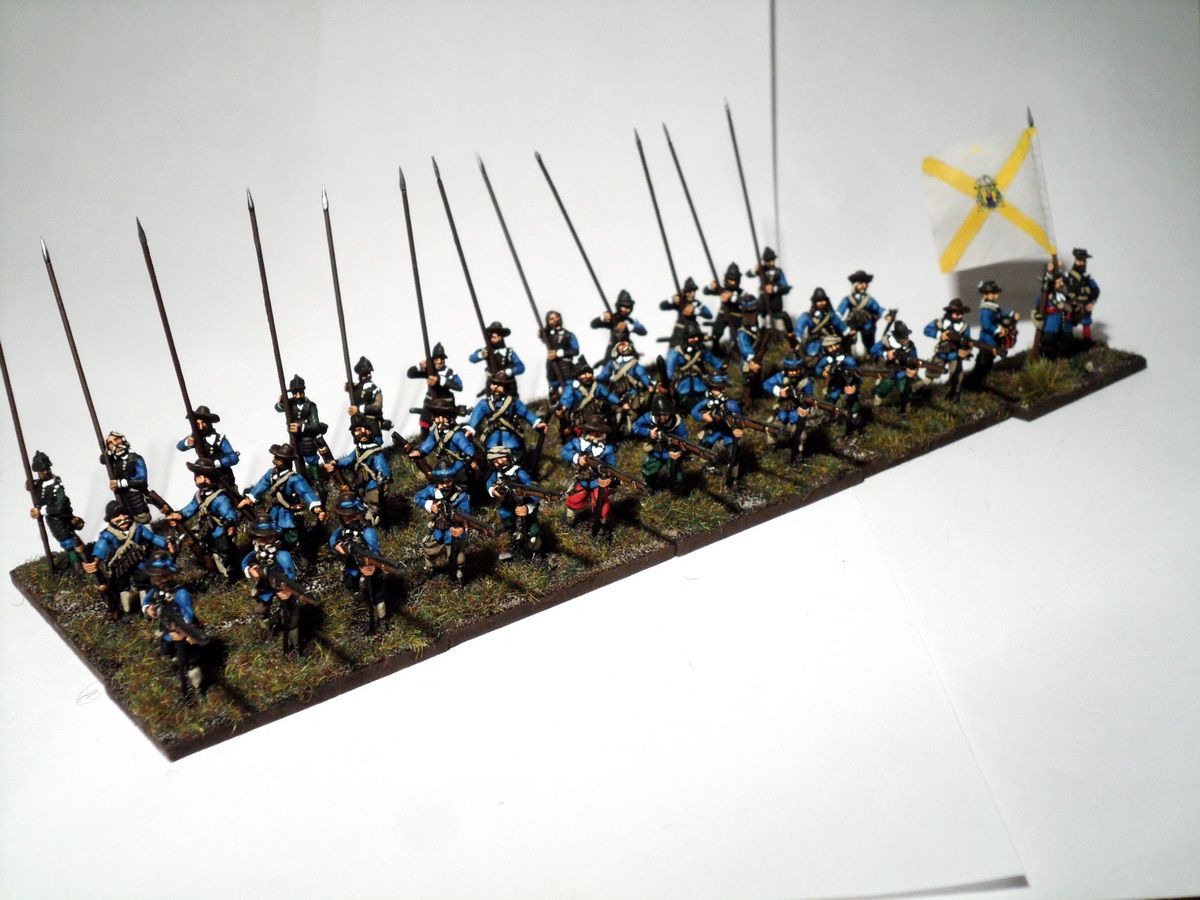 Another important thing, that is probably the most important factor beside strong personal discipline is picking a project, army or faction that you are interested in. If you aren't interested or in some way personally invested in the stuff you paint it becomes a lot more boring and almost unbearable. While painting hordes of miniatures for large scale wargames it may be a good idea to read up on the unit history to get some inspiration so that you can visualize yourself playing with those models within a historical context (or just within the background material of a fantasy universe).
Another important thing, that is probably the most important factor beside strong personal discipline is picking a project, army or faction that you are interested in. If you aren't interested or in some way personally invested in the stuff you paint it becomes a lot more boring and almost unbearable. While painting hordes of miniatures for large scale wargames it may be a good idea to read up on the unit history to get some inspiration so that you can visualize yourself playing with those models within a historical context (or just within the background material of a fantasy universe). There are some other things that make painting relatively more fun or at least offers variety, and that is actually playing/painting two projects at the same time. Even better if they are different scale of miniatures and different sized wargames. This way you can jump from having painted 60 15mm miniatures for a WW2 platoon to a handful of 28mm character models.
There are some other things that make painting relatively more fun or at least offers variety, and that is actually playing/painting two projects at the same time. Even better if they are different scale of miniatures and different sized wargames. This way you can jump from having painted 60 15mm miniatures for a WW2 platoon to a handful of 28mm character models.Also NEVER CUT CORNERS just because you are tired! This for several reasons, you will rarely be happy with the end result and you will have to live with that result until you throw away or sell your miniatures. You also don't evolve as a painter - this is assuming that you actually want to evolve as a painter, otherwise you probably already pay someone else to do your work or just paint miniatures because the guys at the club force you to play with painted stuff (in which case maybe the hobby part of wargaming isn't for you). Cutting corners is tempting when you hit the wall, you may want to just "finish it". The thing is that this very rarely works out to your advantage and
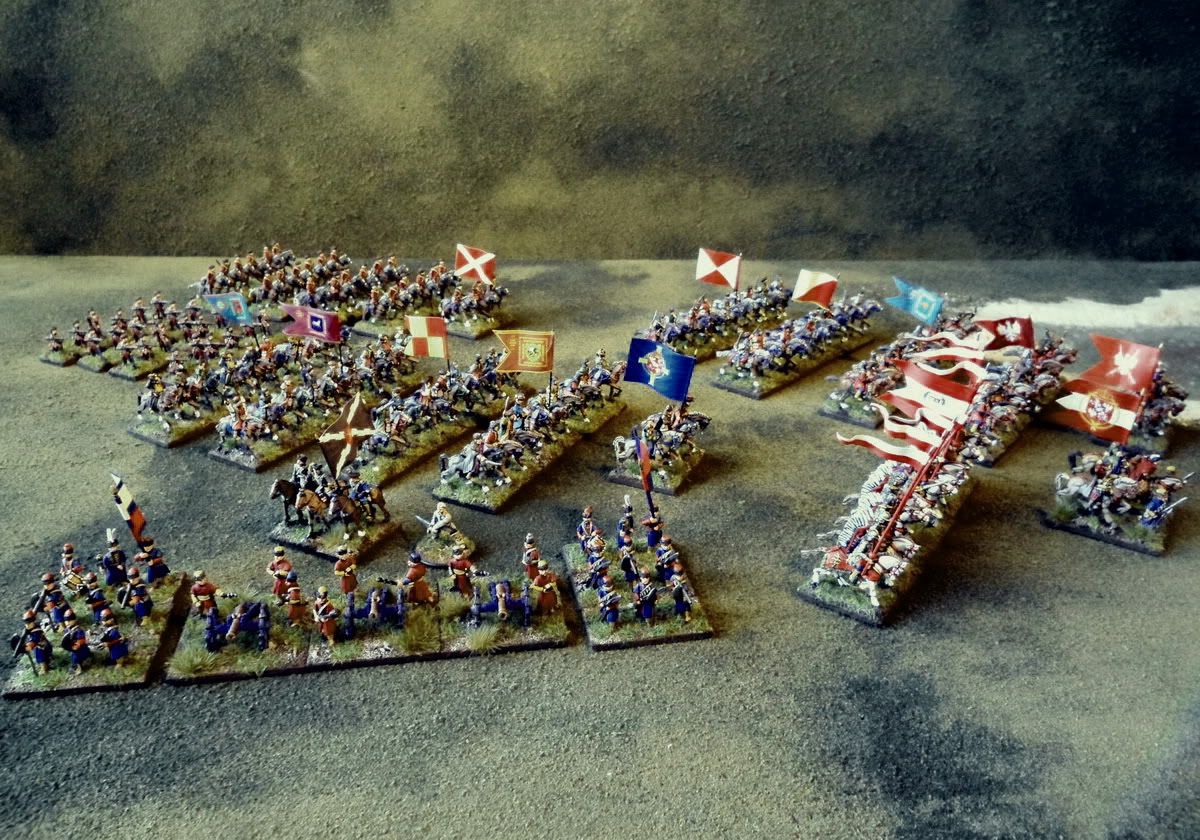 you will notice the difference on the table no matter what scale (of course 28mm and larger show traces of sloppy work a lot more). Cutting corners is not the same as speeding up your painting, examples of both:
you will notice the difference on the table no matter what scale (of course 28mm and larger show traces of sloppy work a lot more). Cutting corners is not the same as speeding up your painting, examples of both: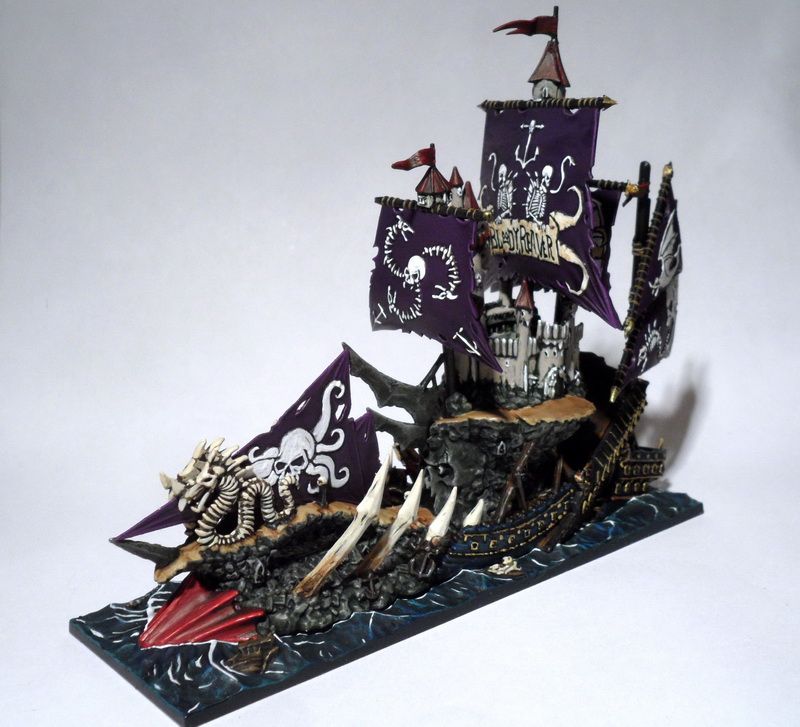 Speeding up your work: Assembly line paining several(like 5-10 28mm or a couple of bases of smaller scale stuff) miniatures at the same time often saves a lot of time doing this instead of paining one miniature/base at a time.
Speeding up your work: Assembly line paining several(like 5-10 28mm or a couple of bases of smaller scale stuff) miniatures at the same time often saves a lot of time doing this instead of paining one miniature/base at a time.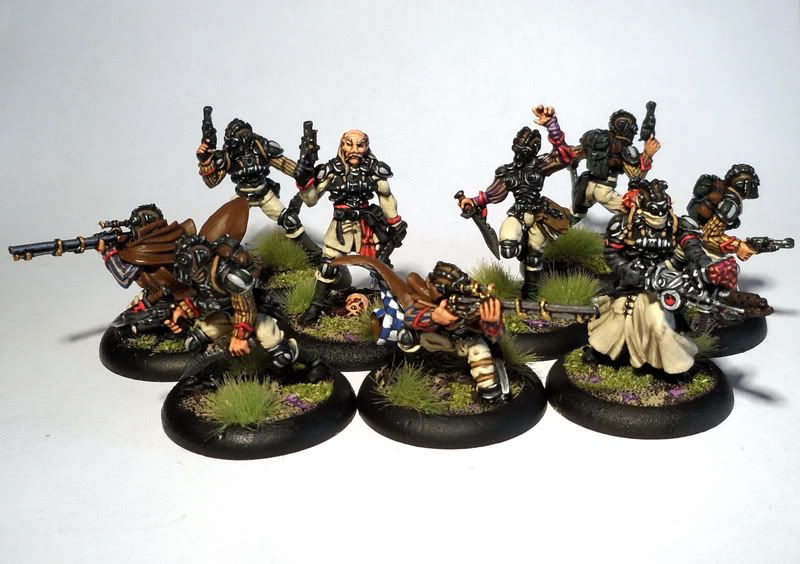 Cutting corners: Heavy drubrush over a basecoat, skipping several details because you can't be bothered or think "they won't be noticed at an arm’s length anyway - but they will!
Cutting corners: Heavy drubrush over a basecoat, skipping several details because you can't be bothered or think "they won't be noticed at an arm’s length anyway - but they will!If you start to feel bored, and I have been in the same situation, where
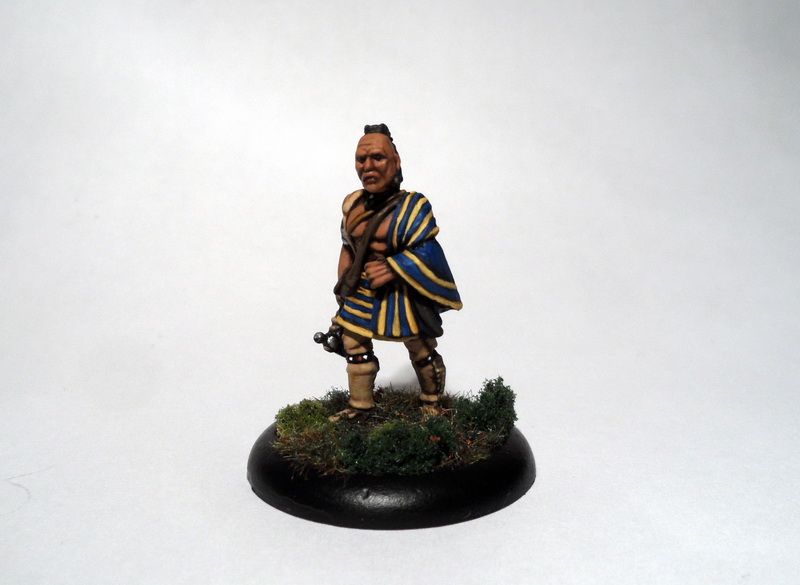 continued painting is almost impossible due to how tedious it may be - then it's better to either swap painting project or paint the unit or model in steps over a couple of days. Many of my Dreadfleet ships have been painted over several days, I almost always try to finish a miniature or unit during one painting session/day when I paint. But these models were so cluttered with detail and required a lot of focused painting so that finishing a ship in one sitting would mean a subpar result for me personally. Thus I chopped each ship up in segments so that I painted the basics during day 1, the hull during day 2 and the sails during day 3 and 4.
continued painting is almost impossible due to how tedious it may be - then it's better to either swap painting project or paint the unit or model in steps over a couple of days. Many of my Dreadfleet ships have been painted over several days, I almost always try to finish a miniature or unit during one painting session/day when I paint. But these models were so cluttered with detail and required a lot of focused painting so that finishing a ship in one sitting would mean a subpar result for me personally. Thus I chopped each ship up in segments so that I painted the basics during day 1, the hull during day 2 and the sails during day 3 and 4.After all, you have invested a lot of money in a product, why not actually give it your best shot. And yes, if you keep evolving as a painter you will end up with a collection of miniatures that vary in quality over the years. However if you put time and effort into everything you have painted, that will make a big difference. There is a difference between a well painted model that has a basic paintjob, and a miniature that you just drybrushed to death or just rush painted for a game the same evening..
It may suck not to have a ton of stuff painted up within a week (or month), but the end result will be worth all the time you spend on your miniatures.
The pictures in this post are of miniatures painted by me over the years, ranging from stuff that I currently have in my own personal collection, stuff that I have sold off or painted up as commission work.
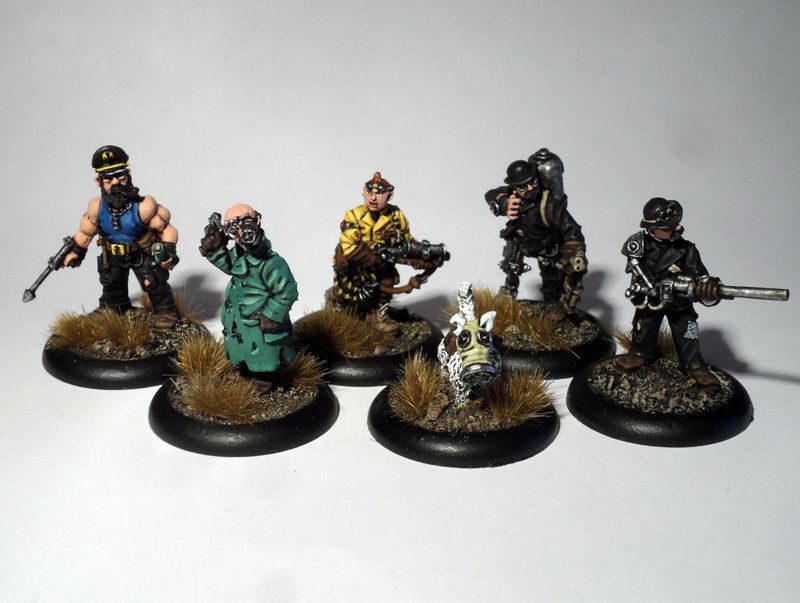

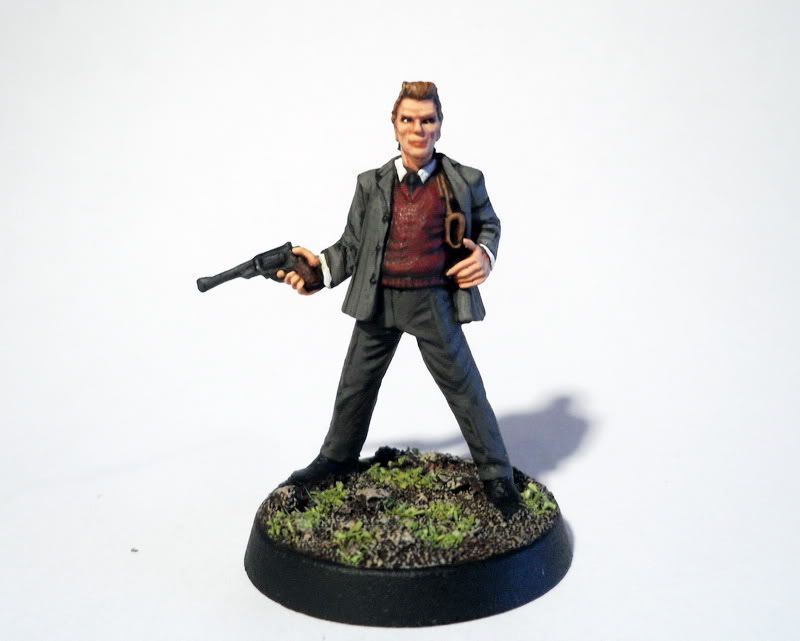
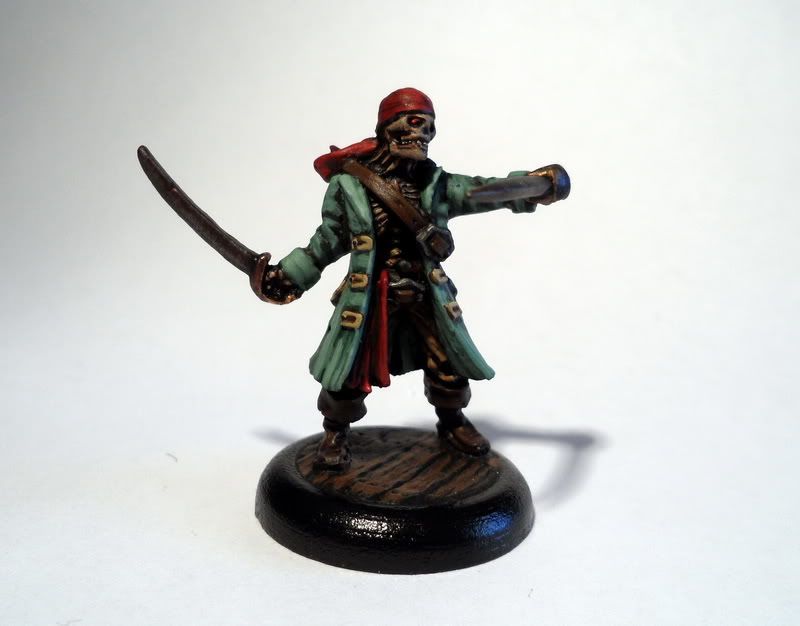


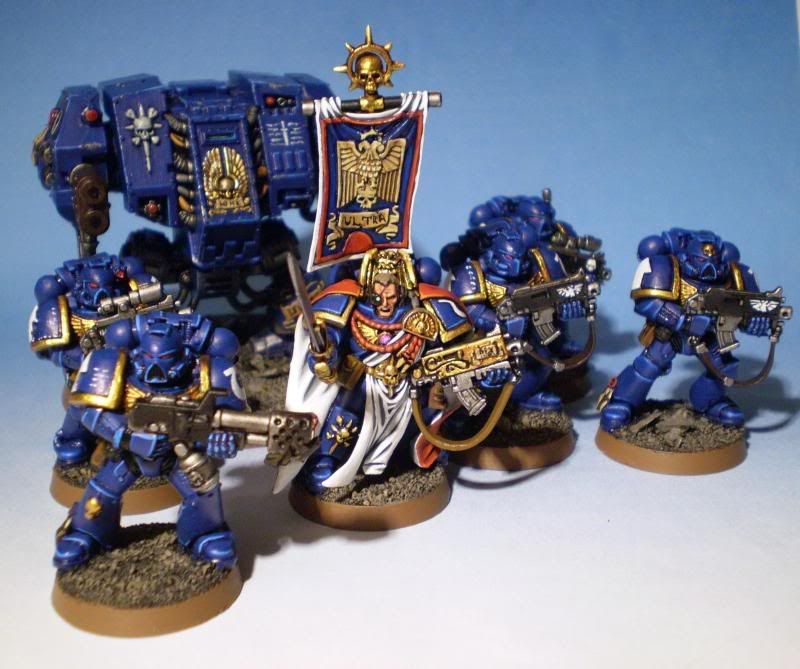
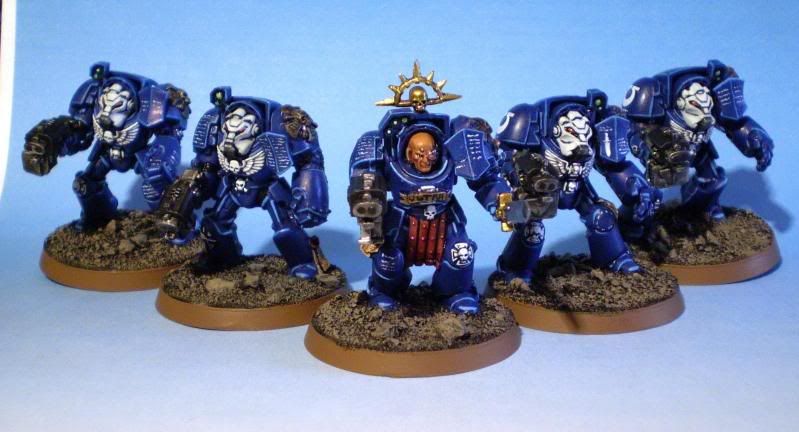

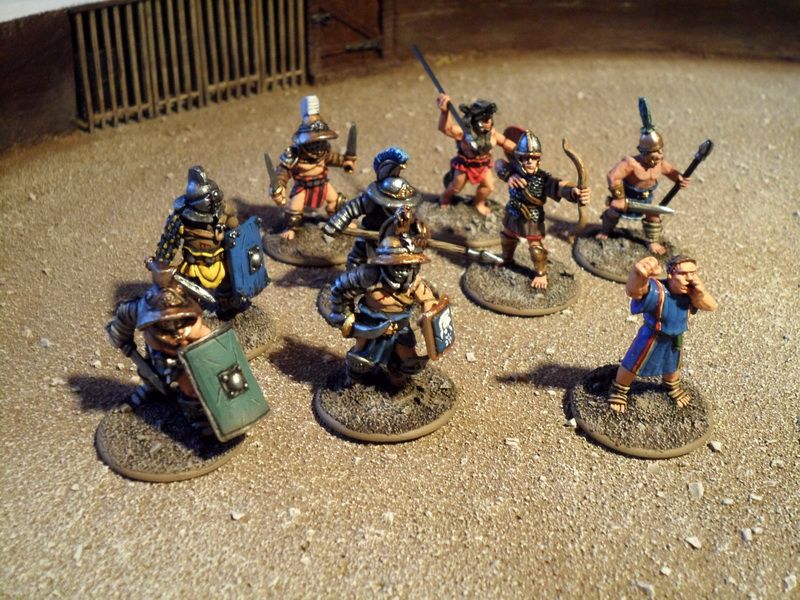
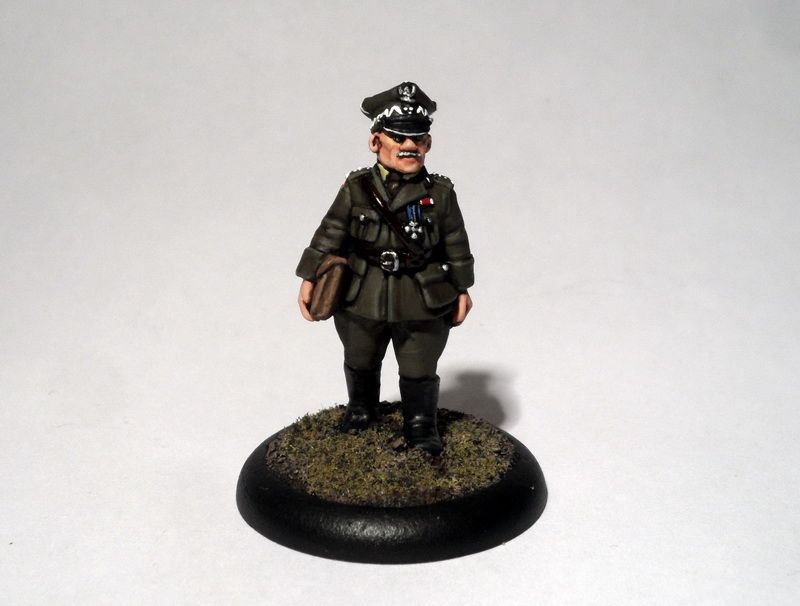
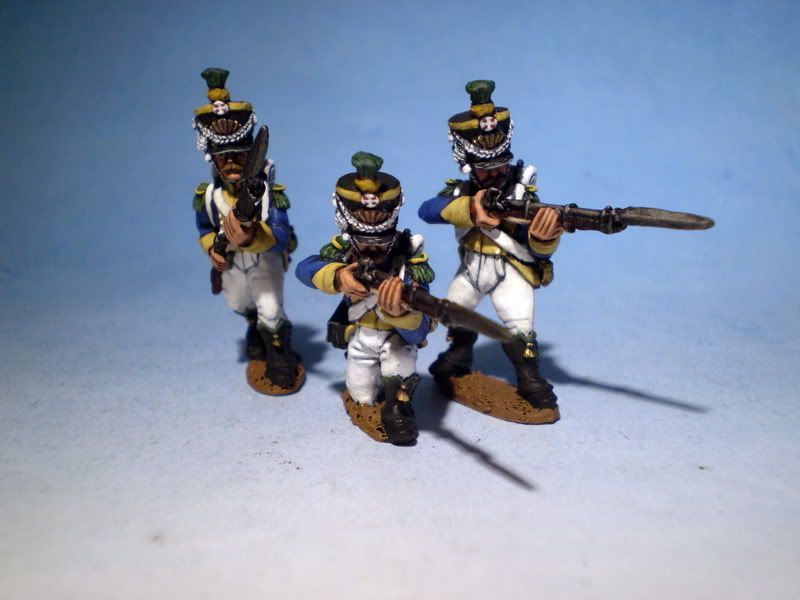

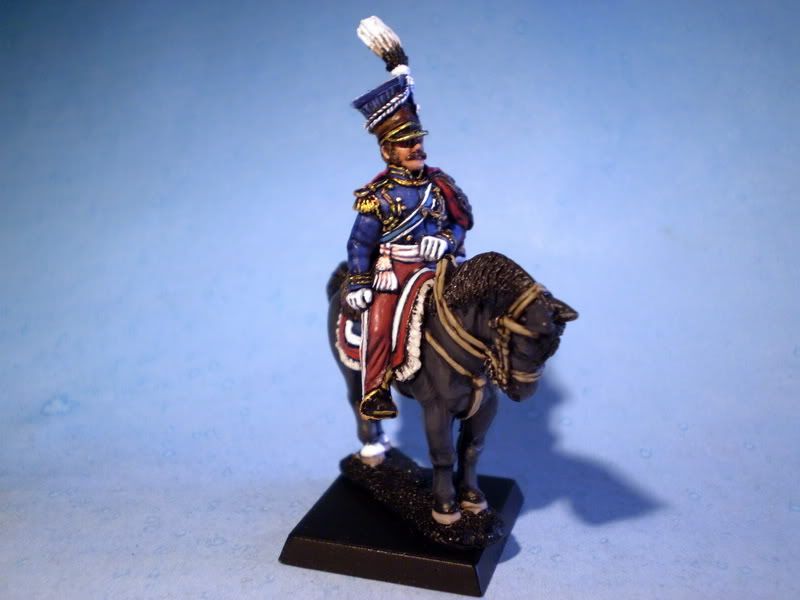
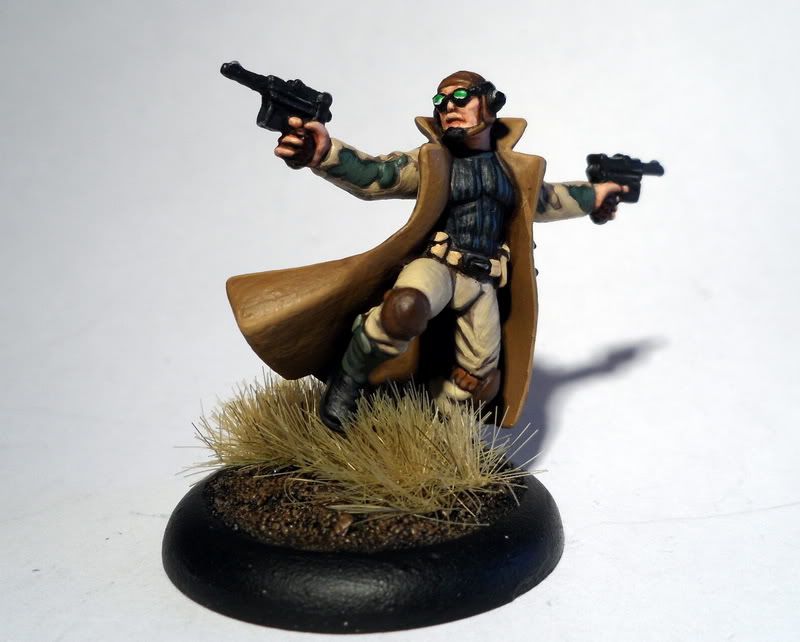


No comments:
Post a Comment